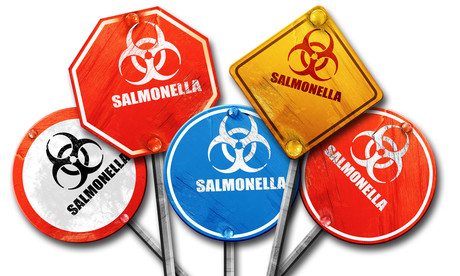How heat kills Salmonella

Very high temperatures kill living cells very quickly but what causes bacteria like Salmonella to die at lower temperatures and can this information be useful to food processors?
Better flavour, better nutritional quality and energy savings are all achievable if foods and beverages are processed at lower temperatures. But, and this is a very big but, the safety of the product being made must be paramount and this must not be compromised by the use of lower processing temperatures.
A team of Penn State researchers wanted to understand how heat kills bacteria so they could optimise food processing techniques. The team was aware that bacteria develop ways to cope with heat shock and wanted to establish what actually kills them.
Aida Ebrahimi, Assistant Professor of Electrical Engineering at Penn State, determined that mild heat stress at temperatures around 50°C damages the bacteria’s cell wall without rupturing it. The elevated temperatures caused the lipids in the cell walls to vibrate, making the walls less stable and allowing small molecules to escape.
Some of the leakage molecules carry a charge and so change the electrical conductivity of the solution around the bacteria changes. The team used droplet-based electrical sensors that had been developed by Ebrahimi, when she was a doctoral student at Purdue University, to measure the change in conductivity in the growth medium.
After multiple experiments using both wild-type and heat-resistant Salmonella bacteria and correlating the electrical results with fluorescence measurement and standard microbiology protocols, the team came up with some interesting results that have relevance for food and beverage processors.
More energy was required to make the cell membranes of heat-resistant Salmonella permeable to the small molecules — explaining how the bacteria cope with heat shock.
More interesting still, the team established that the heating method affects the bacterial kill rate. Having looked at heating time and heating method, either a slower ramp-up of heat or a sudden pulse of heat, the team found that pulsed heat was more effective at killing bacteria.
Non-alcoholic beer yeasts evaluated for fermentation activity
Researchers have explored nearly a dozen non-traditional yeast strains to find out which ones...
Next-gen nuggets using chunky cultured chicken
In the future we could be eating lab-grown 'chicky nuggs' as researchers create...
Lifting the lid on the benefits of sodium reduction legislation
A study has found that mandated sodium reductions for processed food in South Africa since 2013...














